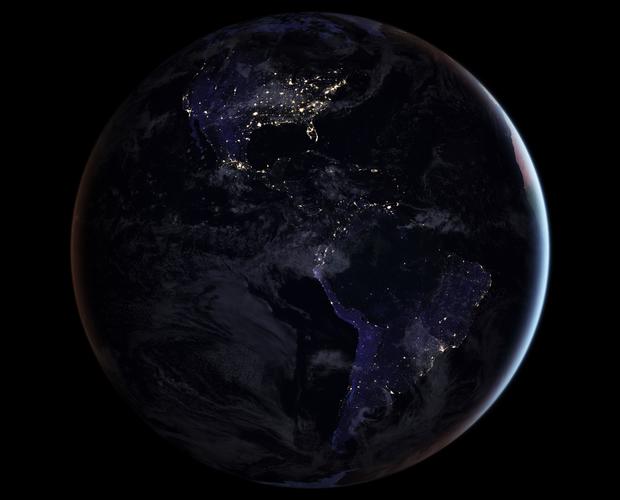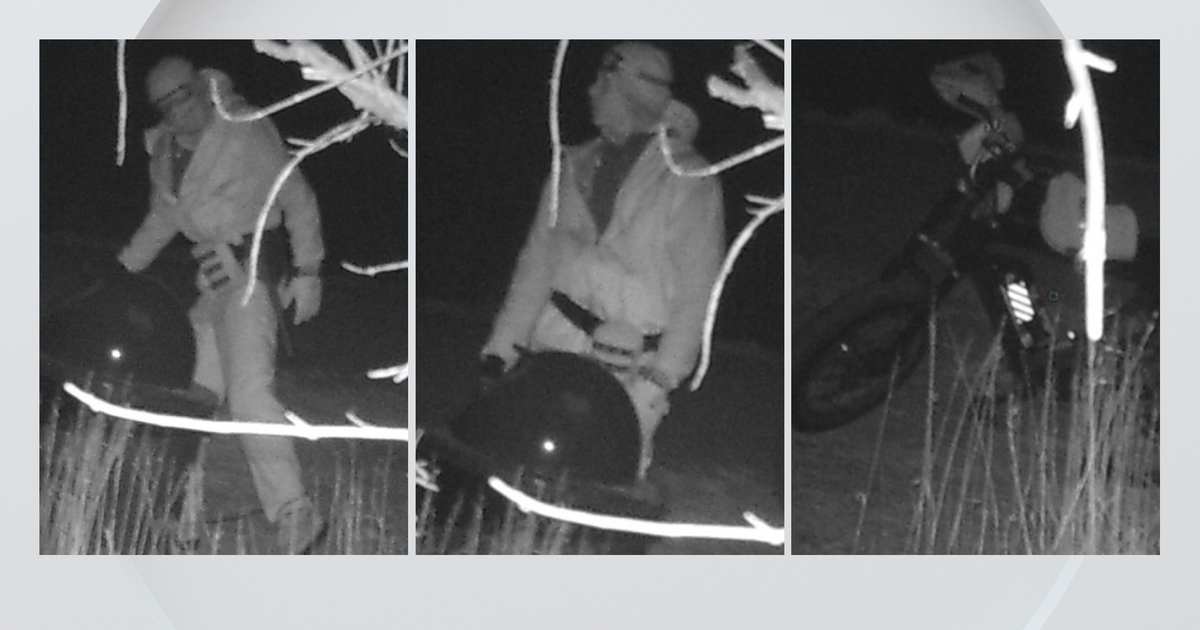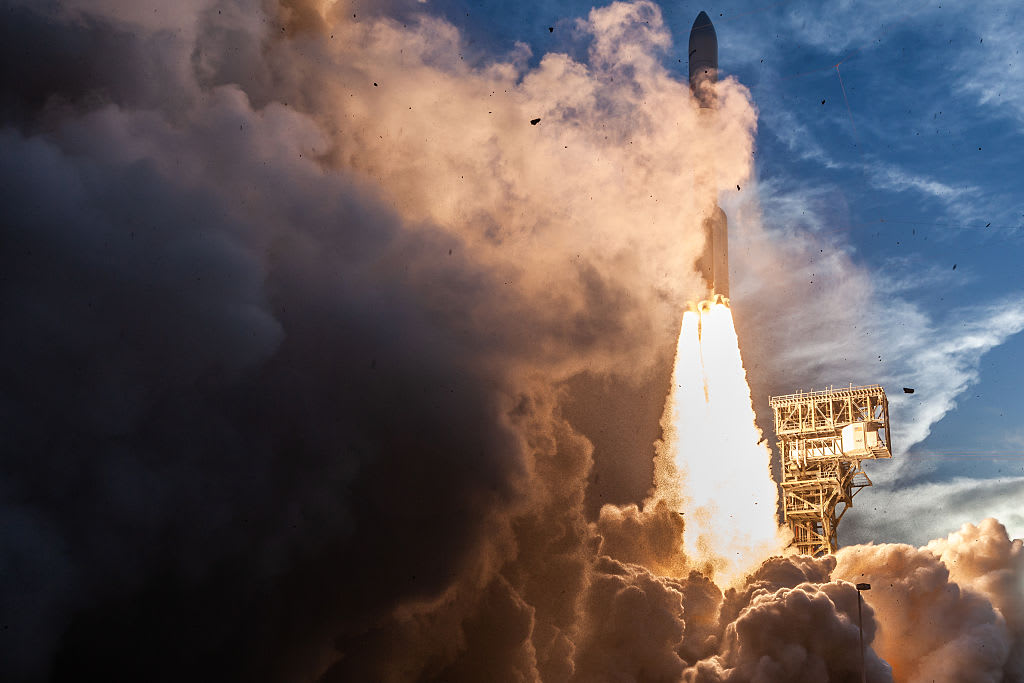NASA releases stunning new image of Earth as seen from space at night
NEW YORK -- For the first time since 2012, NASA has released a global map of Earth at night -- and the results are breathtaking.
NASA has examined the different ways that light is radiated, scattered and reflected by land, atmospheric and ocean surfaces, it said in a statement. The principal challenge in nighttime satellite imaging is accounting for the phases of the moon, which constantly varies the amount of light shining on Earth.
NASA has dubbed the new image “Black Marble” -- a play off the original “Blue Marble” of Earth taken by the Apollo 17 crew on December 7, 1972.
- “View from the ISS at night” shows the beauty of Earth from space
- Peggy Whitson nears, but downplays, space record
Mike Massimino, a former astronaut, spoke to CBS News to explain the beautiful views.
“You’re able to get with new technology these great images. You’re able to see where people are living and these pockets around the planet where people exist.”
He pointed out that people in Australia are living along the coast. You can see certain countries that aren’t as affluent as America and are a little bit darker.
He says that America is lit up like a Christmas tree along the East and West coasts.
“Space at night becomes this magical wonderland,” Massimino said.
And we agree that these views are truly out of this world.
To see more imagery and learn more about the process, watch this video produced by NASA.
Armed with more accurate nighttime environmental products, the NASA team is automating the processing so that the public will be able to view nighttime imagery within hours of acquisition.
As a result, this has the potential to aid short-term weather forecasting and disaster response.
“We can monitor cyclical changes driven by reoccurring human activities such as holiday lighting and seasonal migrations. We can also monitor gradual changes driven by urbanization, out-migration, economic changes, and electrification. The fact that we can track all these different aspects at the heart of what defines a city is simply mind-boggling,” said Dr. Miguel Román of NASA Goddard Space Flight Center in Greenbelt, Maryland.
His team’s goal is to make these night images updated on a daily basis.
In addition, NASA says daily nighttime imagery could be used to help monitor unregulated or unreported fishing. It could also contribute to efforts to track sea ice movements and concentrations. Researchers in Puerto Rico intend to use the dataset to reduce light pollution and help protect tropical forests and coastal areas that support fragile ecosystems.
A team at the United Nations has already used night lights data to monitor the effects of war on electric power and the movement of displaced populations in war-torn Syria.









